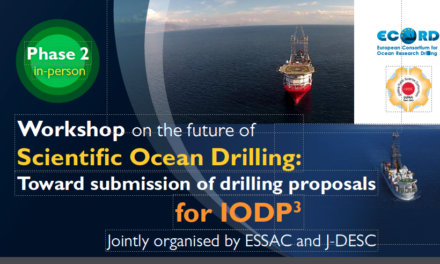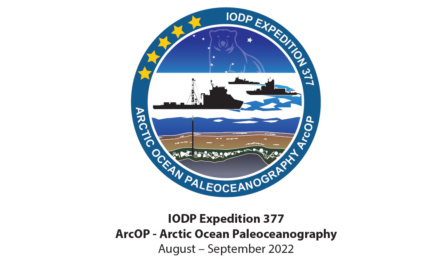New findings from Expedition 364 Chicxulub K-Pg Impact Crater were presented at EGU 2018 by Auriol Rae and Gareth Collins (Imperial College, UK):
“The extraordinary porosity of drill cores extracted in 2016 from the crater’s peak ring suggests that rocks were moved from great depths to create it, according to Auriol Rae, a geologist at Imperial College London, and his thesis supervisor there, Gareth Collins. They reported their conclusions this month at the General Assembly of the European Geosciences Union in Vienna, Austria. Their latest findings point to the correctness of computer models that have been developed to explain the emergence of peak rings. And they provide guidance for exobiologists looking for life on other planets.”
from den Hond, B. (2018), New simulation supports Chicxulub impact scenario, Eos, 99, https://doi.org/10.1029/2018EO097623.
Published on 27 April 2018.





